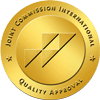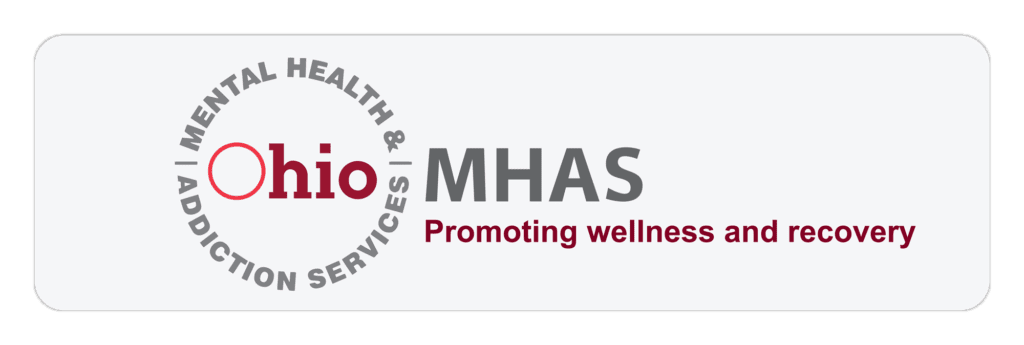Youngstown, Ohio
Drug and Alcohol Rehab
Resources
Youngstown is the county seat of Mahoning County and the 11th-largest city in the state of Ohio. It is also part of the much larger Youngstown–Warren Metropolitan Area. The city was founded in 1796 by a surveyor from New York, John Young, from whom the city takes its name. Located along the Mahoning River, Youngstown was able to develop itself as an industrial center of the region, with steel and iron manufacturing driving the local economy.
Starting in the early 20th Century, Youngstown experienced a boom in population and a sharp increase in industrial output. Unfortunately, this period would not last indefinitely, as the economy began to decline in the 1970s. This was partially attributed to the larger decline in the steel industry and the closure of several important mills in the area.
Since the difficult economic period of the mid-20th Century, the city of Youngstown has sought to diversify and revitalize its economy, with special emphasis on new technology, healthcare, and education. These efforts helped boost employment and create a more self-sufficient economy in the city and surrounding area.
Though Youngstown began with just a few dozen settlers, it has since grown to have more than 60,000 full-time residents (as of the 2021 census). However, this is far from the town’s height, as the population has been on a steady decline for the better part of 100 years. Youngstown reached its peak in 1930 when it recorded just over 170,000 residents, making it the 45th largest city in the country at the time.
Though the population is shrinking, the Youngstown of today is home to a diverse citizenry, with large African American and Hispanic communities. And though Youngstown’s population has stagnated, the greater Youngstown-Warren Metropolitan Area has a population of more than 500,000 people.
It is not a major tourist spot in Ohio, but Youngstown still brings in hundreds of visitors and part-time residents every year. These visitors come for a variety of reasons, ranging from the educational opportunities at Youngstown State University to the art and culture present at the Butler Institute of American Art, the Youngstown Historical Center of Industry and Labor, and the McDonough Museum of Art. The Covelli Centre arena also hosts dozens of major events every year.
Though Youngstown offers a great mix of urban and suburban life, it is no stranger to the growing public health crises afflicting Ohio and the rest of the country. COVID-19 led to a substantial economic contraction in Youngstown, with thousands of residents losing their jobs. Additionally, the opioid crisis hit Youngstown and the state of Ohio particularly hard, with tens of thousands of overdoses recorded over the past few years.
These changes have only exacerbated the ongoing addiction crisis in Youngstown, Ohio. But if you or a loved one are struggling with substance abuse, you don’t need to suffer alone. You can always reach out to the experts at Prosperity Haven for help.
Even if you’re not ready for addiction treatment yet, it’s crucial to understand how drugs and alcohol affect you, your family, and your community. Read on to learn more about the substance abuse crisis in Youngstown, Ohio, including the latest statistics and preventative measures to combat addiction and overdose.
The Drug Addiction Crisis in Youngstown
Mahoning County recorded 161 accidental overdose deaths in 2021, marking the worst year for overdoses in the county’s history. This figure was also a 20% increase since 2020 and a 59% increase since 2019. [1] At the current rate, Mahoning County expects to record more than 200 annual overdose deaths going forward.
According to the Ohio Substance Abuse Monitoring Network, alcohol is the most-consumed substance in Youngstown, but it is not the greatest contributor to overdoses. The 2020 report also indicated that the availability of crack cocaine, meth, and fentanyl increased dramatically, while heroin has become more difficult to attain. However, this is partly because users have reported that heroin is either contaminated with or completely replaced by fentanyl. Illicit drugs confiscated in Youngstown are also increasingly cut with prescription opioids like Percocet. [2]
Youngstown Drug and Alcohol Abuse Vs. the Rest of Ohio
Though the situation seems pretty dire in Youngstown and the rest of Mahoning County, the local authorities are actually combatting drug and alcohol abuse better than in many other cities throughout the state of Ohio. As previously mentioned, there were 161 overdose deaths in Mahoning County in 2021, 62 of which occurred in Youngstown. These figures pale in comparison to the state’s overall overdose statistics.
According to the Ohio Department of Health, the entire state saw 5,174 accidental drug overdose deaths in 2021. [3] One of the simplest ways to compare the state of drug and alcohol abuse in Youngstown versus the rest of Ohio is to look at the ratio of overdose deaths to the respective populations of each region. Youngstown accounts for just 0.5% of the state’s population and 1.1% of the state’s overdose deaths. While it may seem as though Youngstown contributes a disproportionate number of overdose deaths to the state total, the truth is that it is common for metropolitan areas to record overdose rates that are higher than rural regions.
Substance Abuse Treatment & Prevention in Youngstown
Residents of Youngstown have access to various programs to get help with substance abuse. Youngstown State University has implemented several drug prevention programs in accordance with the Drug-Free Schools and Communities Act. [4] Additionally, Youngstown is close to several drug and alcohol rehab centers, including Prosperity Haven. Lastly, local residents can take advantage of state-wide programs like Project DAWN, which aims to educate youth and adults on the dangers of addiction.
Youngstown, Ohio Addiction Statistics
Based on findings from recent coroners’ reports, law enforcement, and the Ohio Department of Health, illicit drugs are the greatest contributors to the growing number of overdoses and overdose deaths in Youngstown, Ohio. It is estimated that fentanyl alone is present in more than 75% of all drug-related deaths in the area. To better understand how the combination of illicit drugs, prescription drugs, alcohol, and other substances contributes to deaths in Youngstown, we must look at the statistics provided by the county coroner’s office. So, here are a few of the latest and most relevant findings in Youngstown, Ohio as of 2021:
- Annual Overdoses: 189
- Cause of Overdose
- Unspecified Substances: 42%
- Illicit Substances: 38%
- Alcohol: 11%
- Prescription Drugs: 9%
- Annual Drug and Alcohol-Related Deaths: 62
Addiction Recovery Rehab in Youngstown, Ohio
The addiction crisis in Youngstown, Ohio is not an isolated example. Statistics like this are cropping up throughout Ohio and the rest of the country. But for residents of the city, the effects of drug and alcohol abuse are a daily struggle. If you or someone you love is currently fighting substance abuse of any kind, you know that it can be a very difficult and lonely journey.
Fortunately, picking up the phone could help save a life. And at Prosperity Haven, we are always ready and willing to answer that call. Located in Chardon, Ohio, Prosperity Haven is just an hour’s drive from Youngstown. We offer comfortable inpatient treatment facilities, as well as detox, therapy, and holistic approaches. This way, you can feel as comfortable as possible while you recover and find your footing on the path to recovery.
Are you or someone you love struggling with drug addiction in Youngstown, Ohio? Are you looking for facilities nearby that can help address drug or alcohol addiction using a wide range of treatments? If so, feel free to contact the experts at Prosperity Haven today.
Verify Your Insurance
Complete the Form Below to Find Out if You Have Coverage
Complete the Form Below
to Check if You Have Coverage
"*" indicates required fields









